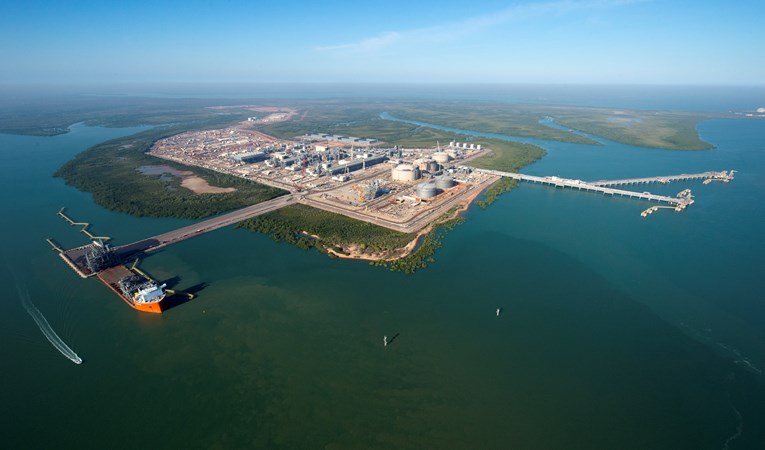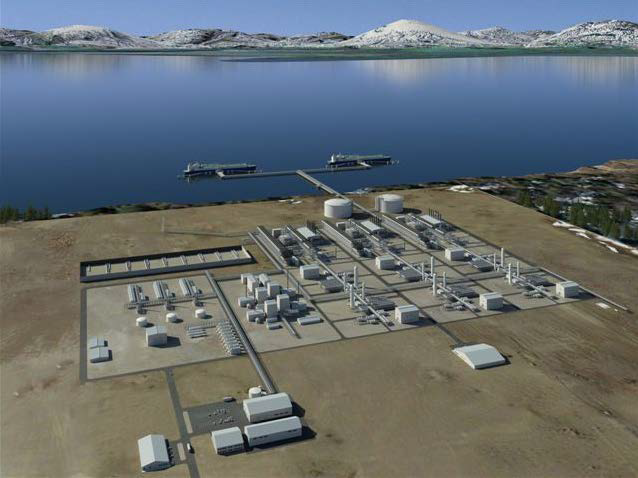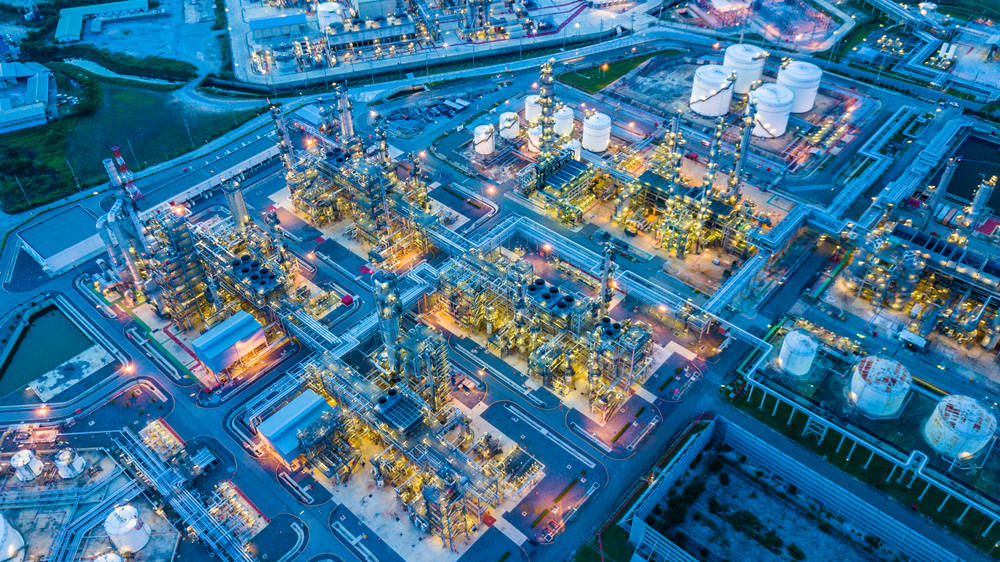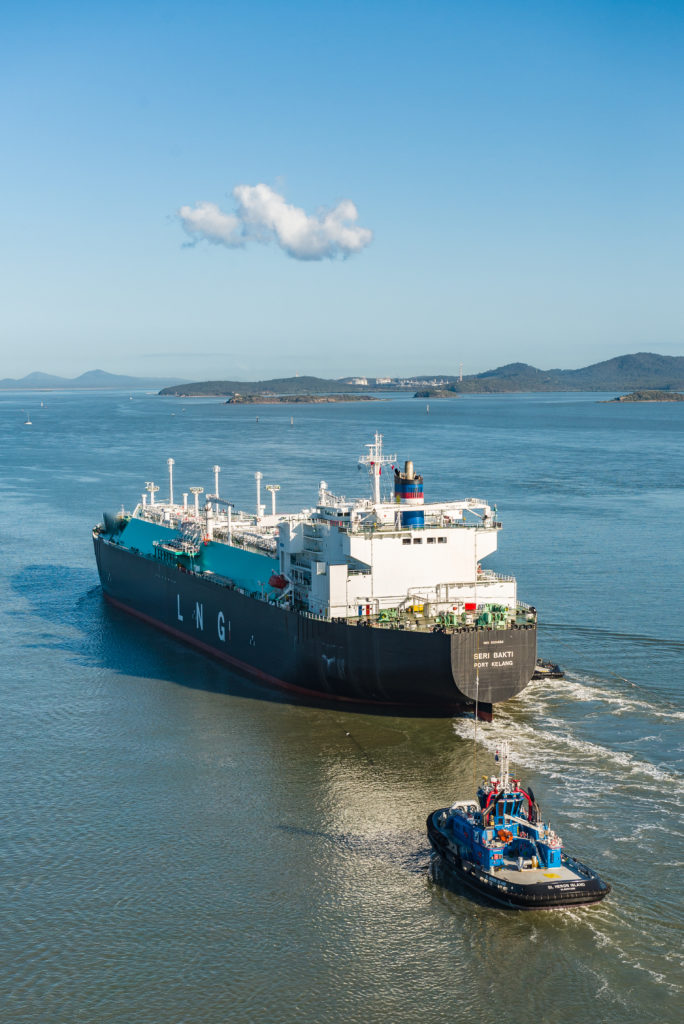With Australia tipped to overtake Qatar as the world’s No.1 LNG producer – this year according to the IGU and 2021 by the Australian Federal Government’s estimate – the Lucky Country may be interested to know that Japan is the global regasification champion.
Analysis of the global LNG regasification capacity by leading data and analytics company, GlobalData, shows that Japan has the highest LNG regasification capacity globally with 9.6 trillion cubic feet (tcf) in 2018. South Korea and China follow with 4.9 tcf and 3.2 tcf, respectively.
Japan, China and Korea are the dominant destinations for exports from Australia, which remains the largest LNG supplier to Japan and China and the second-largest to Korea, after Qatar.
Currently, Japan accounts for 28.3 percent of the total global LNG regasification capacity. Japan has 35 active LNG regasification terminals. Presently there is a planned terminal, Soma, which would start operations for the period of 2018 to 2021.
Soma is located in the port town of Shinchi, in the Fukushima region. It has been under construction by JAPEX since November 2014 – three years after a nuclear disaster at the Fukushima power plant – and is due to begin commercial operations shortly.
South Korea contributes about 14.5 percent of the global LNG regasification capacity in 2018. The country has six active LNG regasification terminals. South Korea is expected to add a capacity of 17.1 tcf from a planned terminal during the period, 2018 to 2021.
The third major contributor to the global LNG regasification capacity is China with 3.2 tcf, which is 9.2 percent of the global LNG regasification capacity in 2018. It has 16 active terminals. China is expected to add a capacity of 2.1 tcf from 17 planned terminals during 2018 to 2021.
Spain is the fourth largest contributor to the global LNG regasification capacity with 2.2 tcf, which accounts to 6.5 percent of the global total. Currently there are two planned projects that would start operations for the duration of 2018 to 2021.
The UK contributes about 2 tcf to the global LNG regasification capacity in 2018, which is about 6 percent of the global LNG regasification capacity. Presently there is a planned project that would start operations during 2018 to 2021.
At present France and India contribute about 1.7 tcf each, which is about 5 percent of the global LNG regasification capacity. India is expected to add a capacity of 4.6 tcf from 19 planned and announced terminals throughout 2018 to 2021.
Turkey and Mexico collectively contribute about 2.2 tcf, which is 6.4 percent of the global LNG regasification capacity. An announced terminal in Turkey is expected to add a capacity of 0.2 tcf during 2018 to 2021.
The US has 6.6 tcf of installed regasification capacity as of 2018, with 10 terminals. These can function as bidirectional terminals, originally built for liquefaction but expanded with liquefaction capacity, thus capable of both importing and exporting LNG.





